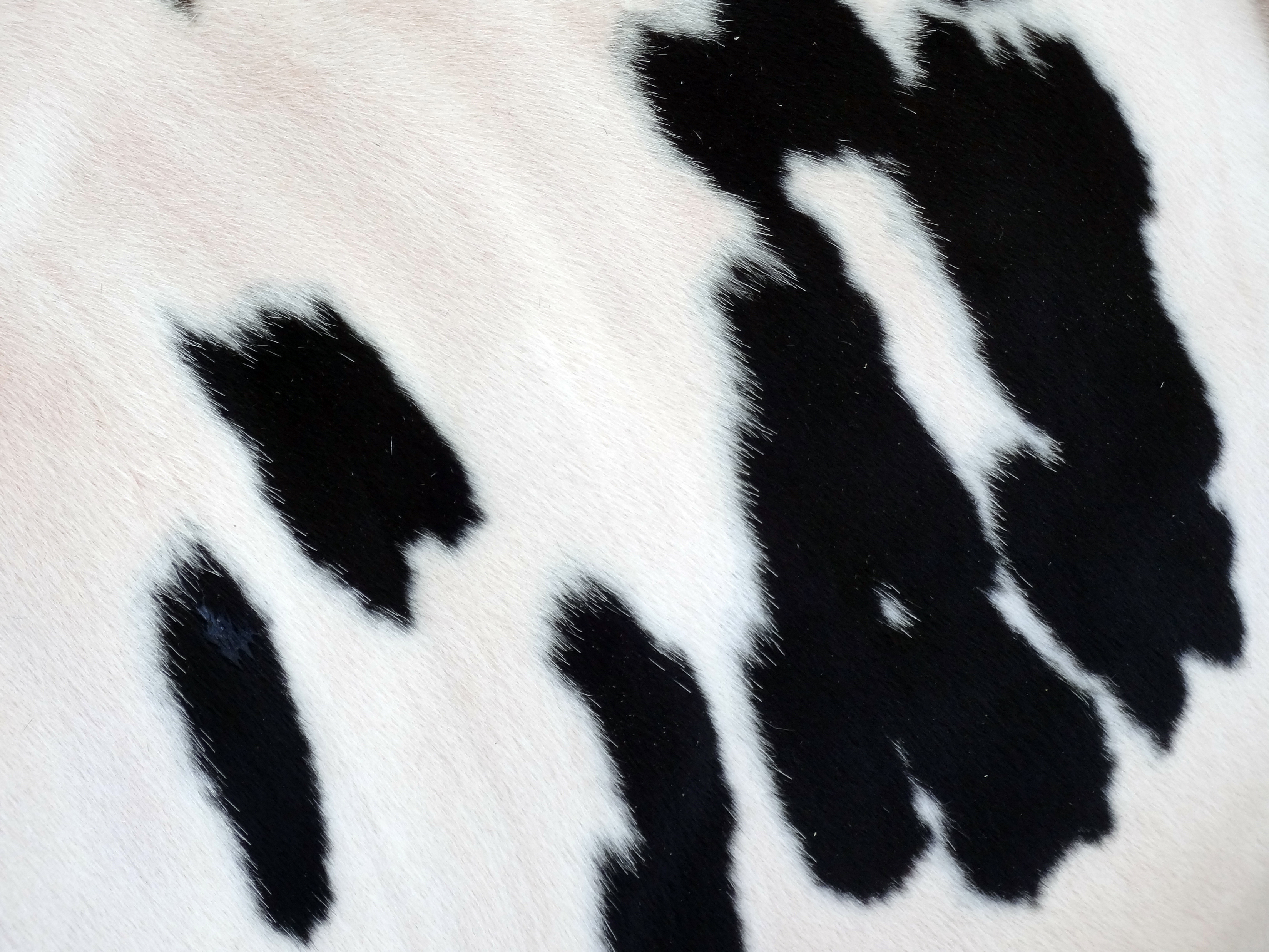Introduction
It is well known that methionine (Met) and lysine (Lys) are two of the most limiting amino acids (AA) for milk and protein production in lactating dairy cows fed corn-based diets (Schwab et al., 2003; Rulquin, 2004). The NRC (2001) suggested concentrations of Met and Lys of 2.4% and 7.2% on a metabolizable protein (MP) basis, respectively, in order to maximize the use of MP for milk and milk protein yield by lactating dairy cows. However, it should be taken in consideration that these concentrations are hardly achieved. Nutritionists have two methods to led lactating dairy cows with AA balanced diets: one is to incorporate feeds with a high leveI of rumen undegradable protein, and the other is to supplement the diel with ruminally protected (RP) synthetic M (Schwab et al., 2003). The aim of this work was to assess the bioavailability of a RP D,L-Met and a RP L-Lys HCI products by a standardized blood test (Sudekum et al., 2004).
Materials and methods
Two commercial products, a RP D,L-Met and a RP L-Lys HCl (Timet® and Relys®, respectively; Vetagro S.p.A., Reggio Emilia, RE, Italy) coated with hydrogenated triglycerides were tested. Four multiparous lactating dairy cows (body weight 605±23 kg and days in milk 125±25) were fed a basal diet typical for many areas of Po valley (Table 1).
The first week animals received the basal diet plus a supplementation of 500 g/d of soybean meal twice a day at the beginning of morning feeding (8:00) and after the evening milking ( 16:00). During the second week, from day 1 to day 5, each cow received daily the equivalent of 25 g of D,L-Met and 58 g L-Lys HCI, respectively. Based on manufacturer’s specification, this meant 48 g/cow of Timet® and 132 g/cow of Relys®. For this purpose, the two products were simultaneously mixed with 500 g of soybean meal and supplemented to the animals twice a day as described previously. Blood samples were obtained by jugular venipunctures the day before (day 0) and 5 days after (day 5) the treatment, at 8:00 h and 14:00 h, and directly filled into 10 ml tubes containing Li-heparin. Plasma was separated and directly frozen at -20 °C until being analyzed. Met and Lys contents were quantifìed by HPLC as described by Rossi et al. (2003 ). The plasma urea level was determined according to Sampson et al. ( 1980). Data were subjected to analysis of variance by the GLM procedure of SAS (2003).
Table 1: Ingredients of the basal diet
| Ingredients (g/kg dry matter) | Basal diet |
| Corn silage | 312 |
| Corn meal | 249 |
| Alfalfa hay, dehydrated | 208 |
| Protein supplement1 | 103 |
| Cotton seed, whole whit lint | 85 |
| Soybean meal | 34 |
| Calcium soap2 | 9 |
| 1 Content per kg of premix: Soybean meal 600g; sunflower meal 300 g, mineral and vitamin supplement 100g; 120.000IU of vitamin A; 9.000 IU of vitamin D3; 90 mg of vitamin E; 3,6 mg of Co; 19,2 mg of I; 1,44 mg of Se; 600 mg of Mn; 62,4 mg of Cu; 2.240 mg of Zn; 1,92 mg of Mo; 360 mg of Fe.
2 Megalac |
|
Results and discussion
Plasma Met level was increased (P<0.01) by Timet® supplementation by 56%. Similarly, plasma Lys was increased (P<0.05) by Relys® supplementation by 41 %. These results are assumed to indicate an effective rumen protection of the two tested products. Plasma urea content was reduced (P<0.0 I) by 13% after administration of the RP AA, showing a more efficient utilization of dietary nitrogen when these two products were administered to animals. Similar results were reported by Gao et al. (2008): the authors showed a reduction of the blood urea nitrogen after administration of RP-AA lo lactating dairy cows. This probably because a balanced AA profile causes a better absorption and utilization of dietary nitrogen and a reduction of nitrogen loss in gastrointestinal tract of lactating dairy cows. Concluding, the supplementation of the two RP AA products reduced the blood urea nitrogen content and improved the protein utilization efficiency by lactating dairy cows.
Table 2: Blood plasma methionine (Met, mg/100 ml), lysine (Lys, mg/100 ml) and urea (nmol/l) the day before (day 0) and 5 days after start of feeding ruminal protected D.L-Met and L-Lys HCl products (Timet® and Relys®, respectively)
|
Days of treatment |
SEM |
P-value |
||
|
|
Day 0 | Day 5 | ||
| Met |
0.325±0.050 |
0.508±0.095 | 0.025 |
<0.01 |
| Lys |
0.786±0.286 |
1.107±0.176 | 0.079 |
<0.05 |
|
Urea |
5.88±0.569 | 5.110±0.945 | 0.092 |
<0.01 |
For more information: marketing@vetagro.com









